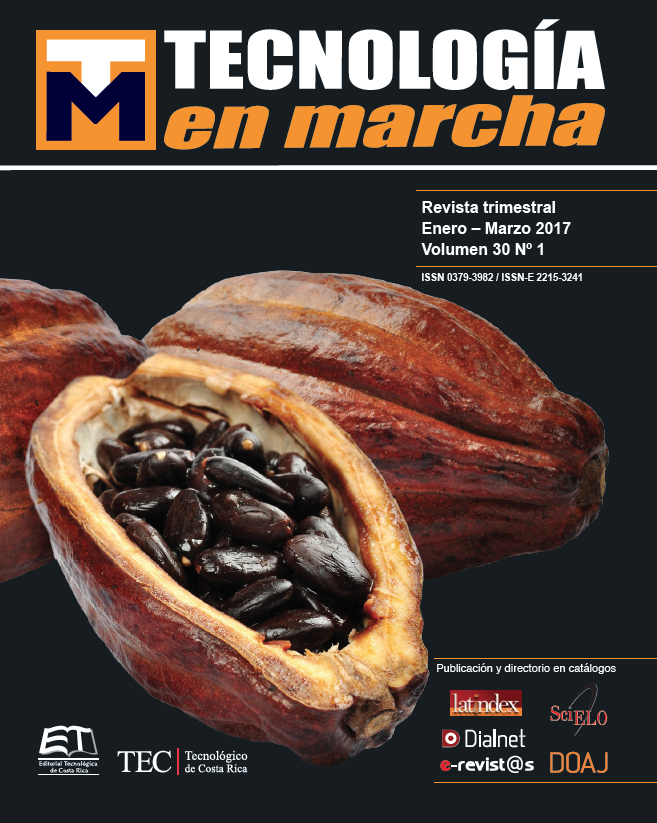Optimization of organic and inorganic fertilization cocoa (Theobroma cacao L.) with the inclusion of Trichoderma endophyte and arbuscular mycorrhizae
Main Article Content
Abstract
Cacao is a native plant of tropical America and in Peru has considerately expanded its planted area, so proper crop management to obtain profitable yields is necessary. Thus, this study aimed to validate the inclusion of Trichoderma endophyte and mycorrhizae in organic and inorganic fertilization to improve performance and tolerance of cacao to diseases. The experiment was located in two production areas of the Department of San Martin (Juanjui and Lamas), strains of Trichoderma (T) and arbuscular mycorrhizal fungi (AMF) were inoculated into cacao plants of 10 to 15 years in conjunction with inorganic (F) and organic (G) fertilizer applications, arranged in RCBD with 10 treatments (application of T; HMA; T + HMA; T + F; T + G; HMA + F; HMA + G; T; G). The dynamics of major diseases (Witches’ broom, Frosty pod and black pod) in cacao, cherelles, number of fruits, number of ears and grain dry weight was evaluated. From the results, it can be concluded that the towns of Juanjui and Lamas, had a higher incidence of Moniliasis and Black pod, respectively; explained by the possible nutritional imbalance in plants caused by excess and lack of calcium respectively. Overall, the plants showed higher yields in Juanjui in comparison to Lamas. The treatments with higher yields were those that included the application of HMA and inorganic fertilizer, indicating synergy between factors.
Article Details
Los autores conservan los derechos de autor y ceden a la revista el derecho de la primera publicación y pueda editarlo, reproducirlo, distribuirlo, exhibirlo y comunicarlo en el país y en el extranjero mediante medios impresos y electrónicos. Asimismo, asumen el compromiso sobre cualquier litigio o reclamación relacionada con derechos de propiedad intelectual, exonerando de responsabilidad a la Editorial Tecnológica de Costa Rica. Además, se establece que los autores pueden realizar otros acuerdos contractuales independientes y adicionales para la distribución no exclusiva de la versión del artículo publicado en esta revista (p. ej., incluirlo en un repositorio institucional o publicarlo en un libro) siempre que indiquen claramente que el trabajo se publicó por primera vez en esta revista.

